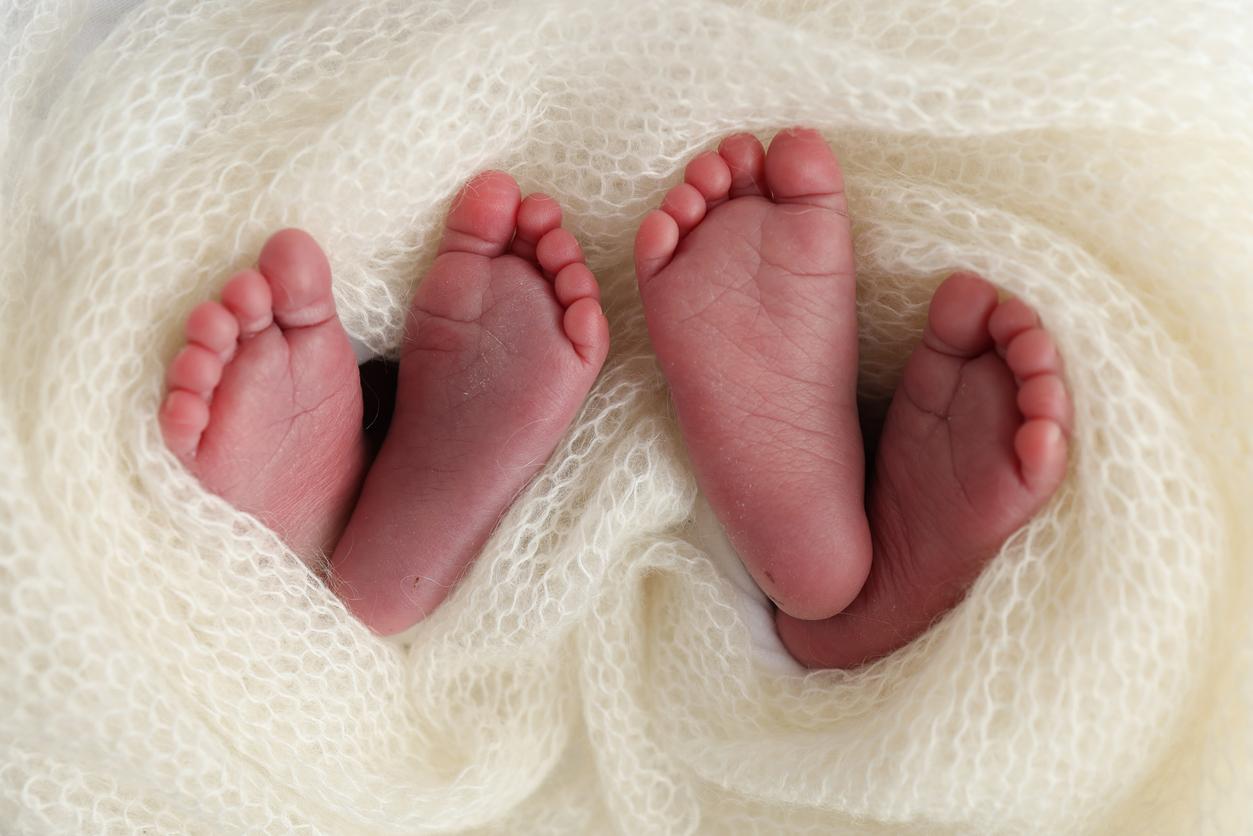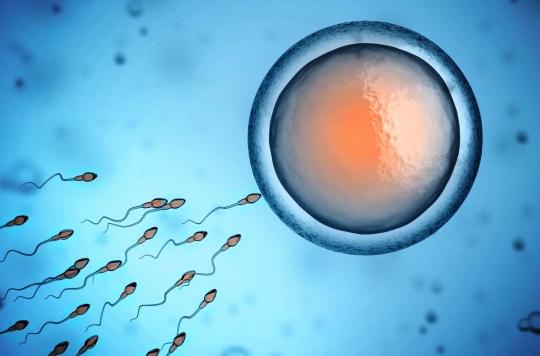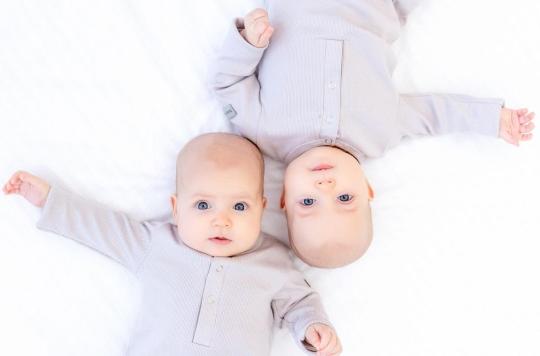You have a 1 in 40 chance of conceiving twins. There are therefore more than 70 million twins in the world. One in 75,000 newborns is even a Siamese, in this specific case, the twins remain connected to each other during their development in utero.

- The chance of having twins is 1 in 40.
- We distinguish between identical twins and fraternal twins.
- Identical twins can sometimes be attached to each other by a part of the body, this is called Siamese twins.
We see that there are twice as many twins in the north of France as in the south-west. We spoke of “microclimates”, however if the mother is over 37 years old, this is also a favorable factor. But today, the main reason for the birth of twins, triplets, quadruplets and more is in vitro fertilization.
There are two types of twins
In the case of identical twins, the mother’s egg is fertilized by two sperm. The two children are roughly copies of each other, and their possible future physical differences will be due to non-genetic environmental factors, which can affect the expression of certain genes.
We speak of fraternal twins when the mother releases two eggs, each fertilized by a sperm. They are two different children developing in their mother’s womb at the same time. But their differences will be the same as brothers and sisters. They won’t look any more alike.
A monitored and sometimes risky pregnancy
Fraternal twins and some identical twins develop in two separate placentas. The pregnancy, even if it is tiring for the mother and a cesarean section is frequently performed, goes quite well. This is not the case when identical twins are in the same placenta, as an imbalance can occur that favors one fetus.
It even happens that in rare cases, one twin can be fed through the placenta by the other. It is naturally essential to know the placental configuration, thanks to ultrasound, in order to limit the risk of prematurity in babies.
The case of Siamese twins
When the eggs of identical twins do not separate well, they are called conjoined twins. Siamese twins are connected by a body part. After fertilization, when the egg has to separate, it sticks together, for unknown reasons.
Today, it is an exceptional event, 1 birth in 75,000, which still represents 20 Siamese per year in France. The Siamese are linked most often by the thorax, sometimes back to back, rarely by the pelvis, and in 2 cases out of 100 by the brain.
In most cases, these are little girls who will be separated surgically, unless these Siamese twins share vital organs. However, such tragedies can now be avoided thanks to ultrasound, which allows twin pregnancies to be diagnosed very early.
There is a case – fortunately extremely rare – where one fetus develops in the body of the other. Of course, it is impossible for growth to take place and it is sometimes during an x-ray examination, years after birth, that we find the trace of a small “fossilized” fetus.
Ultrasound is essential to avoid these situations
Ultrasound examinations are compulsory in France from the first months of pregnancy, so we can make the decision to terminate a pregnancy on the basis of this malformation if the prognosis is not good. If the pregnancy can continue, surgery is performed as soon as possible if technically feasible. Specialists in this type of operation always fear the final moment of separation.
In fact, not everything is recorded in the analysis of the images presented to us by even the most modern examinations. It seems that among the Siamese over the years, life has intertwined its different components in one or the other of the two bodies. One leads the walking, the other the breathing.
The operation then becomes as impossible as dividing the body in two. A mystery which still has no medical explanation.
















